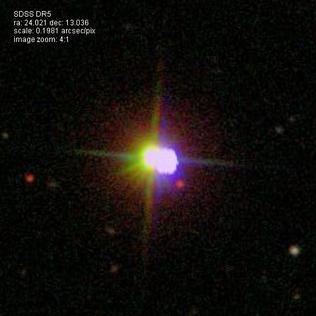Minor planet category Main belt Perihelion 372.222 Gm (2.488 AU) Discovered 15 September 1857 Named after Aglaea | Discovery date September 15, 1857 Aphelion 488.740 Gm (3.267 AU) Semi-major axis 430.481 Gm (2.878 AU) Orbits Sun | |
 | ||
Similar Robert Luther discoveries, Other celestial objects | ||
47 Aglaja /əˈɡlaɪ.ə/ is a large, dark main belt asteroid. It was discovered by Robert Luther on September 15, 1857 from Düsseldorf. The name was chosen by the Philosophical Faculty of the University of Bonn and refers to Aglaea, one of the Charites in Greek mythology.
Based upon its spectrum, 47 Aglaja is listed as a C-type asteroid under the Tholen classification taxonomy, indicating a carbonaceous composition. The SMASS classification system rates it as a rare B-type asteroid. There is a broad absorption feature at 1 μm that is associated with the presence of magnetite and is what gives the asteroid its blue tint.
On September 16, 1984, the star SAO 146599 was occulted by 47 Aglaja. This event was observed from 13 sites in the continental United States, allowing a cross-sectional profile to be determined. Based upon this study, the asteroid has a diameter of 136.4 ± 1.2 km. The geometric albedo at the time of the occultation was 0.071 ± 0.002.
Photometric observations of this asteroid at the Organ Mesa Observatory in Las Cruces, New Mexico during 2012 gave a light curve with a period of 13.175 ± 0.002 hours and a brightness variation of 0.09 ± 0.01 in magnitude. This result is in agreement with previous studies.
